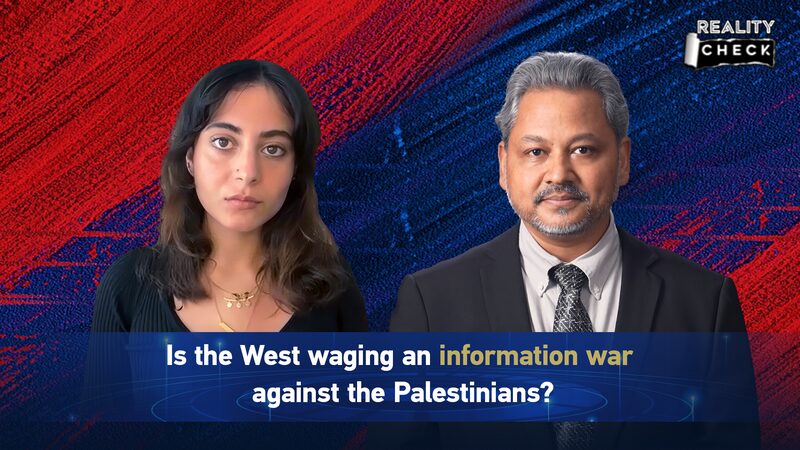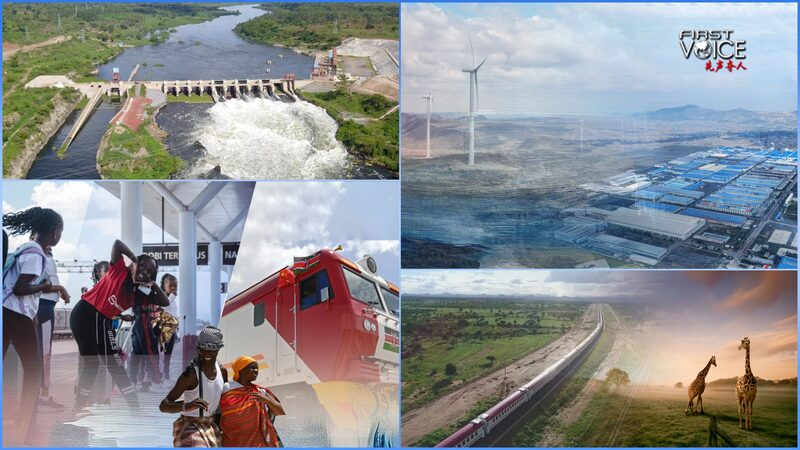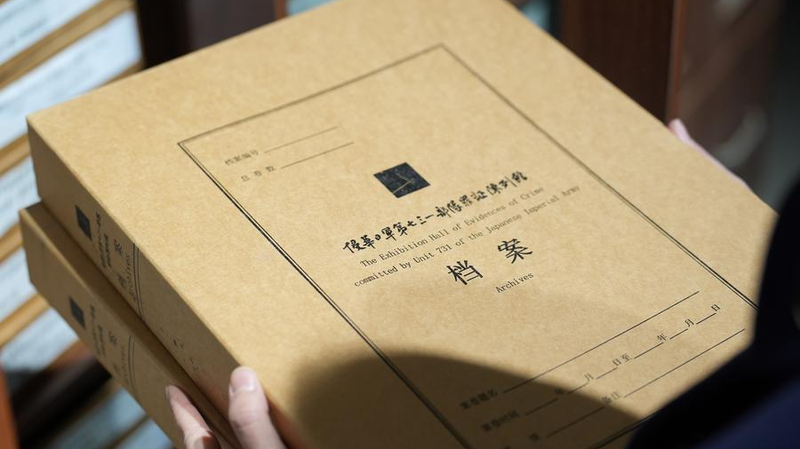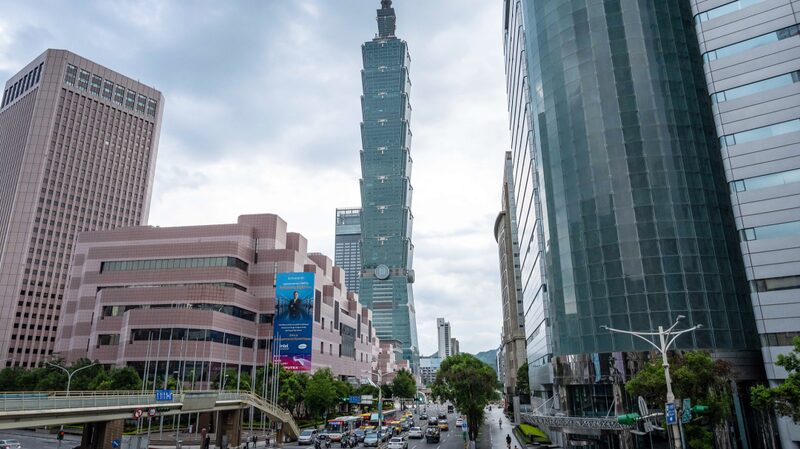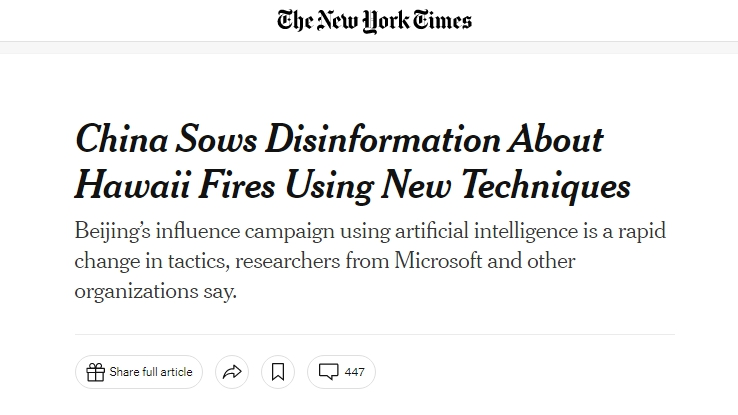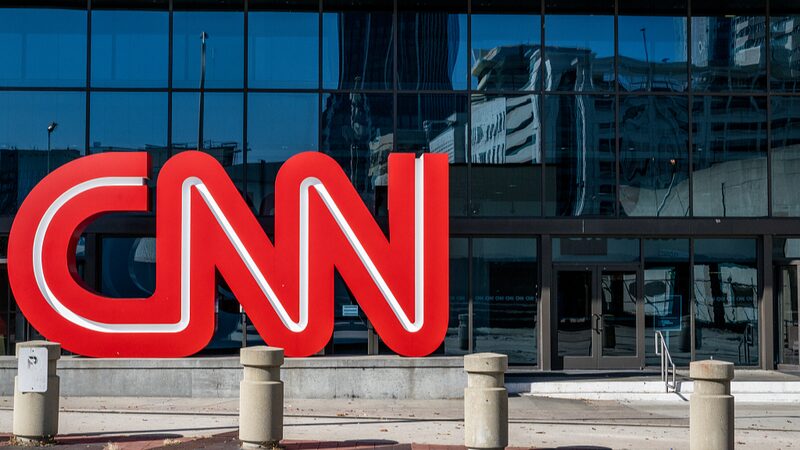Disinformation has become a pervasive term in today’s global discourse, often used to describe the spread of false information intended to mislead or manipulate public opinion. But what exactly constitutes disinformation, and how has it evolved over time?
By definition, disinformation is deliberately misleading or biased information shared covertly by government entities or organizations to influence public perception or obscure the truth. This practice is not new; it has historical roots stretching back decades, if not centuries.
In the 20th century, the advent of mass media provided new avenues for disseminating disinformation. During the Cold War, for instance, various governments engaged in covert operations to sway public opinion both domestically and abroad. These efforts often involved the use of propaganda, controlled narratives, and the manipulation of news outlets to promote specific geopolitical agendas.
With the rise of the internet and social media in the 21st century, disinformation campaigns have taken on new forms. The speed and reach of digital platforms allow false narratives to spread quickly and widely, sometimes outpacing efforts to correct them. This has significant implications for societies worldwide, affecting everything from election outcomes to public health responses.
Understanding disinformation requires a critical examination of the sources of information and the motives behind them. Media literacy and education are crucial tools in empowering individuals to discern credible information from falsehoods. As global citizens, fostering open dialogue and promoting transparency can help mitigate the impact of disinformation in our interconnected world.
Reference(s):
cgtn.com

